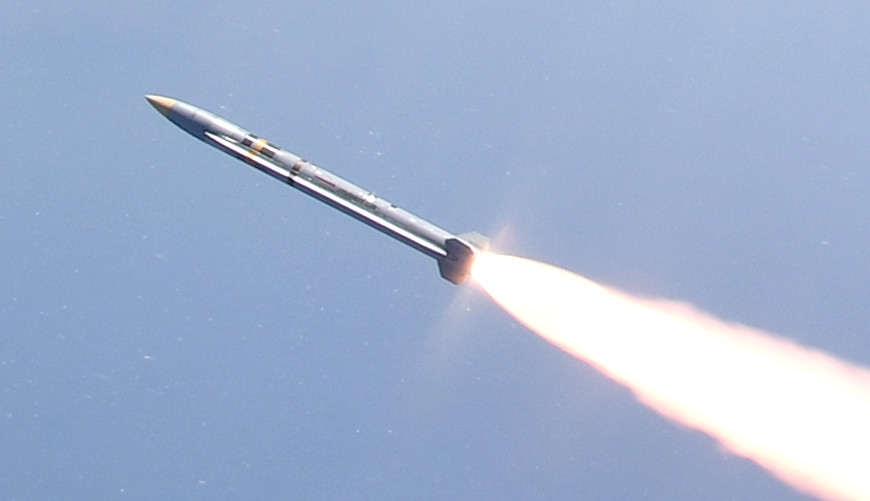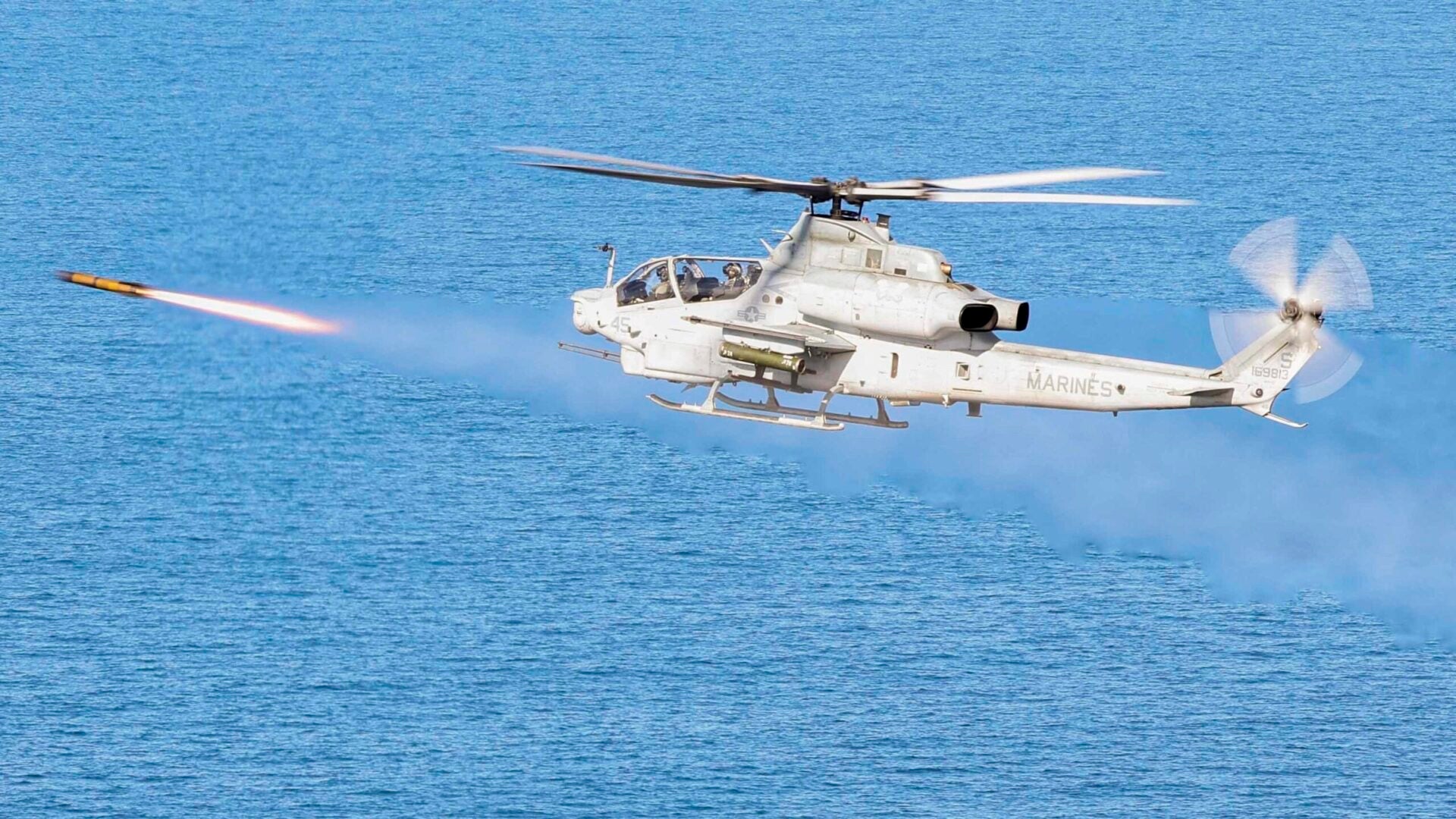Pershing's inspection of the 1st Infantry Division enters the chat

WHEN MARSHALL MET PERSHING
Oct. 3, 1917, is the centennial of General John J. Pershing’s inspection of the 1st Infantry Division at Gondrecourt, France. This obscure event would not only have significant repercussions for the American effort in the
next world war, but also offer lessons for leadership development in the U.S. military a century later.
When Pershing assumed command of the American Expeditionary Force (AEF), which was created and deployed to France after the United States entered World War I in April 1917, he essentially had to create and organize an army from scratch. In the spring of 1917 no U.S. divisions existed anywhere but on paper. Moreover, upon arriving in France, Pershing was constantly pressured by British leaders to relinquish his troops and integrate them into the British Army. He needed combat-ready forces to strengthen his hand in this debate and prevent the AEF from being stillborn. With few other units yet to reach France, Pershing took an inordinate interest in the summer and fall of 1917 in the first American unit to arrive, the 1st Division.
As the division conducted training in Lorraine, Pershing frequently visited its headquarters on short notice to check on its progress. A previous review with French President Raymond Poincaré on Sept. 6, 1917, was a disaster, and
Pershing took out his frustration on the 1st Division’s commander, Major General William L. Sibert. Pershing inspected the 1st Division again on Oct. 3, this time at Gondrecourt to watch a demonstration of a new method for attacking an entrenched enemy. After the demonstration, Pershing called upon Sibert for a critique. Although Sibert possessed a brilliant record as an engineer, he had little experience with infantry tactics and had only witnessed the demonstration for the first time alongside Pershing. Consequently, his comments were halting and confused.
Pershing then called upon two other staff officers whose responses were also unsatisfactory. The general erupted and “
just gave everybody hell,” particularly Sibert, whom he dressed down in front of his own officers.
The division showed little for the time it had spent in training, Pershing snapped.
They had not made good use of the time, and had not followed instructions from AEF headquarters at Chaumont regarding open warfare formations. Pershing excoriated Sibert, questioning his leadership, his attention to details in training, and his acceptance of such poor professionalism.
The 1st Division staff felt a possessive affection for their commander, and as Pershing turned to leave, the tall major who had been serving as acting chief of staff spoke up, angrily protesting Pershing’s unfairness. Pershing was in no mood to listen and began to walk away. Suddenly, he felt the major’s hand
grabbing his arm.
“General Pershing,” the major said, “
there’s something to be said here and I think I should say it because I’ve been here the longest.”
Pershing turned back and gave the impertinent young officer a cold, appraising glance. “What have you got to say?”
A torrent of facts poured forth: the promised platoon manuals that never arrived and had set back training; the inadequate supplies that left men walking around with gunnysacks on their feet; the inadequate quarters that left troops scattered throughout the countryside, sleeping in barns for a penny a night; the lack of motor transport that forced troops to walk miles to the training grounds. Finally, the deluge subsided.
Pershing looked at the major and calmly said: “You must appreciate the troubles we have.”
The major replied, “
Yes, I know you do, General, I know you do. But ours are immediate and every day and have to be solved before night.”
General Pershing eyed the major narrowly and then turned to leave, the 1st Division staff looking nervously at the ground in stunned silence. After a while, Sibert gratefully told Major George C. Marshall that he should not have stuck his neck out on his account, and the rest of the staff predicted that Marshall’s military career was finished. Marshall shrugged off his friends’ condolences, saying: “
All I can see is that I may get troop duty instead of staff duty, and certainly that would be a great success.”
Yet no retribution for the incident ever came. Instead, whenever the AEF commander visited 1st Division from Chaumont, he would find a moment to pull Marshall aside to ask how things were
really going. Pershing had finally found an officer who would tell him the unvarnished truth rather than gloss over inadequacies. Marshall eventually received
orders transferring him to the AEF General Staff to work under Colonel Fox Conner, the head of the AEF’s Operations section. Together, they would form the core of the group that planned the two great U.S. offensives of the war — Saint Mihiel and the Meuse-Argonne. Pershing was impressed, and after the Armistice asked Marshall to become his aide.
Today marks the 100th anniversary of one of the key moments leading to the Allied victory over the Axis powers in World War II. Don’t worry, your math is
warontherocks.com


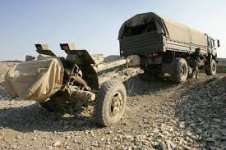
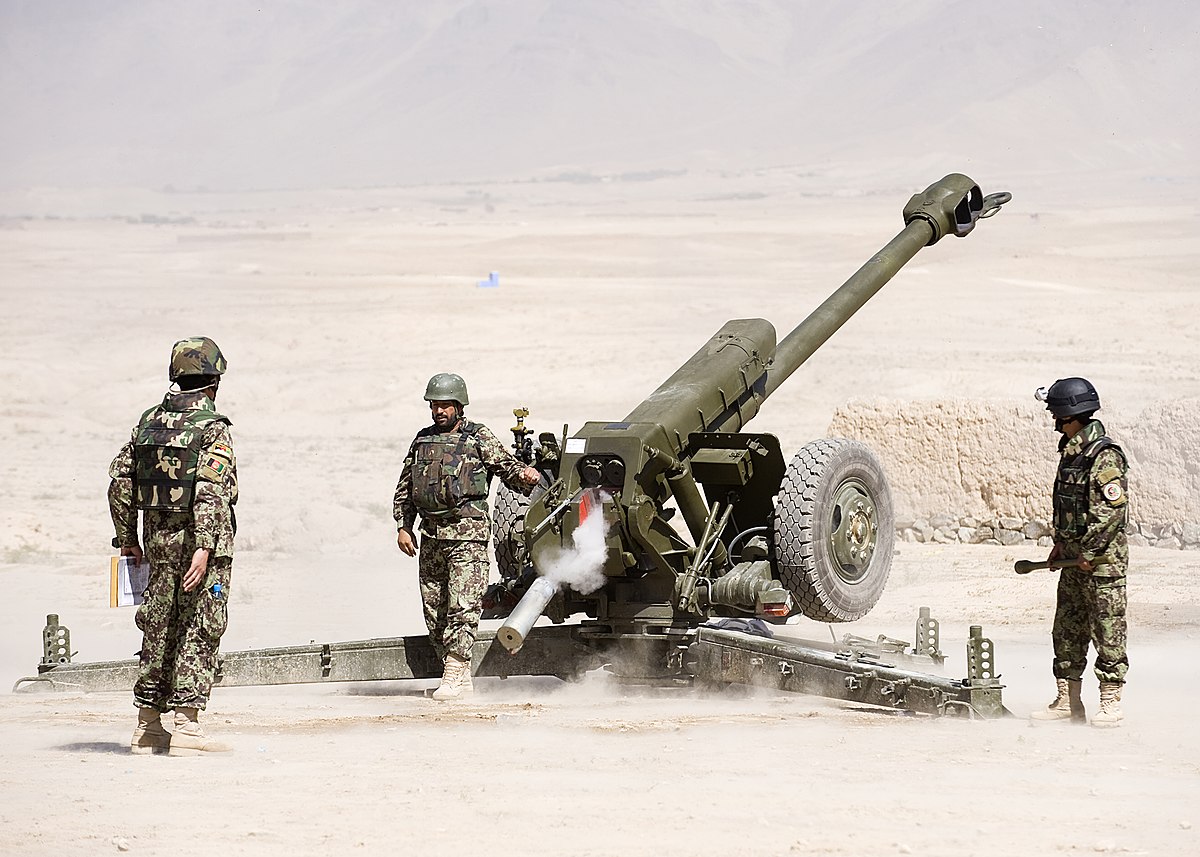
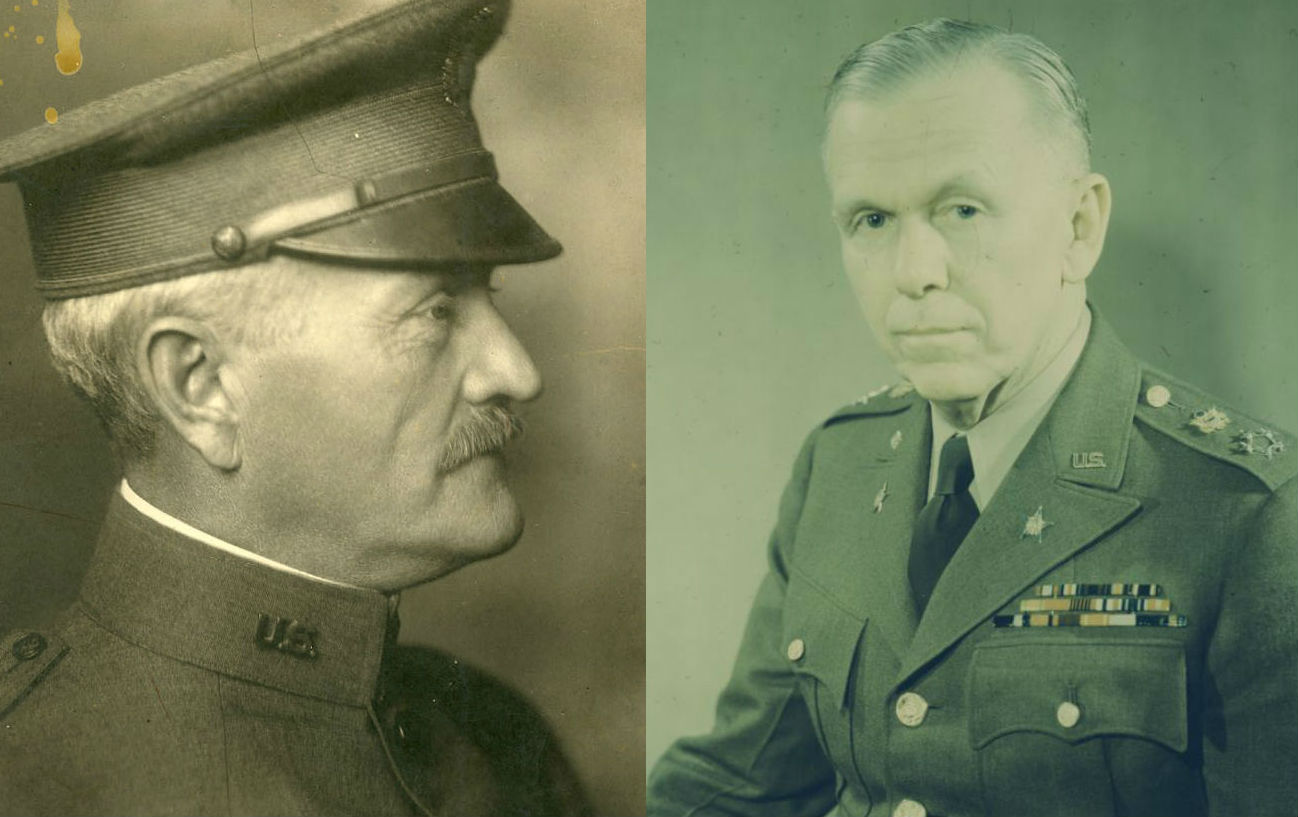
:quality(70)/cloudfront-us-east-1.images.arcpublishing.com/archetype/VT45UZIMVJCI7OHURFTRBNJJ2E.jpg)
